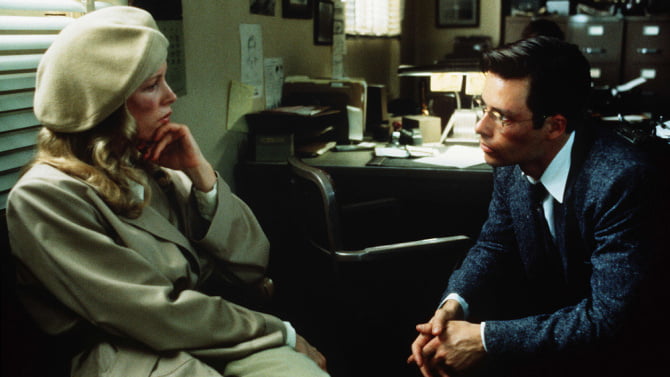
BYDGOSZCZ, Poland — Dante Spinotti, who served as a jurist on this year’s Cinematographers’ Debuts Competition at the Camerimage film festival, is a firm believer that changing technology benefits filmmaking at all levels.
The Italian-born DP, who has credits that go back to the 1970s, says that the advent of digital tools has democratized entry into the profession as small, inexpensive, and easily available cameras have made it possible for anyone to create moving images.
But if technology is more plentiful, talent is not. “What has not changed is that good ideas are just as difficult as they’ve always been. Anyone can push a button, but what’s important is what’s inside their heads.”
Spinotti’s enthusiasm for digital extends all the way from production through exhibition.
For example, he welcomes the presence of on-set monitors and how directors and crew today can view and evaluate material immediately after shooting it. “I’m happy to see dailies when I’m shooting,” he proclaims. “I don’t want to wait 15 hours. I’ll choose anything that takes me there faster.”
This new, more rapid workflow has slightly altered the exalted status of the cinematographer, he admits. “We used to be the bishops on the movie set. We did the sign of the cross at the end of the day and said ‘go in peace because we will see beautiful things in the screening room.’ But today everyone can look at the monitor.”
But that convenience, he says, while speeding things up and making the process more efficient, does not in any way minimize the cinematographer’s role. “Our contributions remain just as important.”
Spinotti recalls that he first shot a film digitally in 2007. It was “Slipstream,” directed by Anthony Hopkins, and he used the Panavision Genesis camera, one of the early entrants into that now-crowded field.
Since then, the DP has felt liberated. “It’s a matter of freedom, really,” he says. “With digital, you can adjust the camera to light, you don’t need to adjust the light to the camera. Now you can photograph with no or minimal light certain things that you would have had to light in the past.”
Spinotti’s enthusiasm for technology extends beyond digital cameras. He’s bullish on high frame rates, high dynamic range and — especially — 3D. The latter, he says, will finally come into its own “when it’s not disturbing to the eyes.”
He also pooh-poohs film purists who bemoan the loss of grain and complain that high frame rates may finally put an end to their beloved judder when a camera pans across a scene. “That’s a very romantic approach,” he says.
Spinotti has worked with a wide variety of directors, including Michael Mann (“Manhunter,” “The Last of the Mohicans”), Garry Marshall (“Frankie and Johnny”), Curtis Hanson (“L.A. Confidential”), and Brett Ratner (“Tower Heist,” “Hercules”).
Of course, he notes, every director has a different personality and a different opinion on how to direct a crew. “Some have a friendly and happy attitude, others are more disciplined, some may scream a bit, more out of a sense of guilt. But these guys are all good guys. They have my respect.” Of the ones he has not worked with, his favorites are Stanley Kubrick and Federico Fellini.
Spinotti started his career at Italy’s RAI TV. It was a great time, he says, “because we could not be fired from a state enterprise unless we hit someone or stole something.” This freed him up to experiment with new techniques.
“I’m glad my upbringing was not through the ranks of filmmaking,” he adds. “I learned a lot from doing documentaries and newsreels.”
[Source:-Variety]




